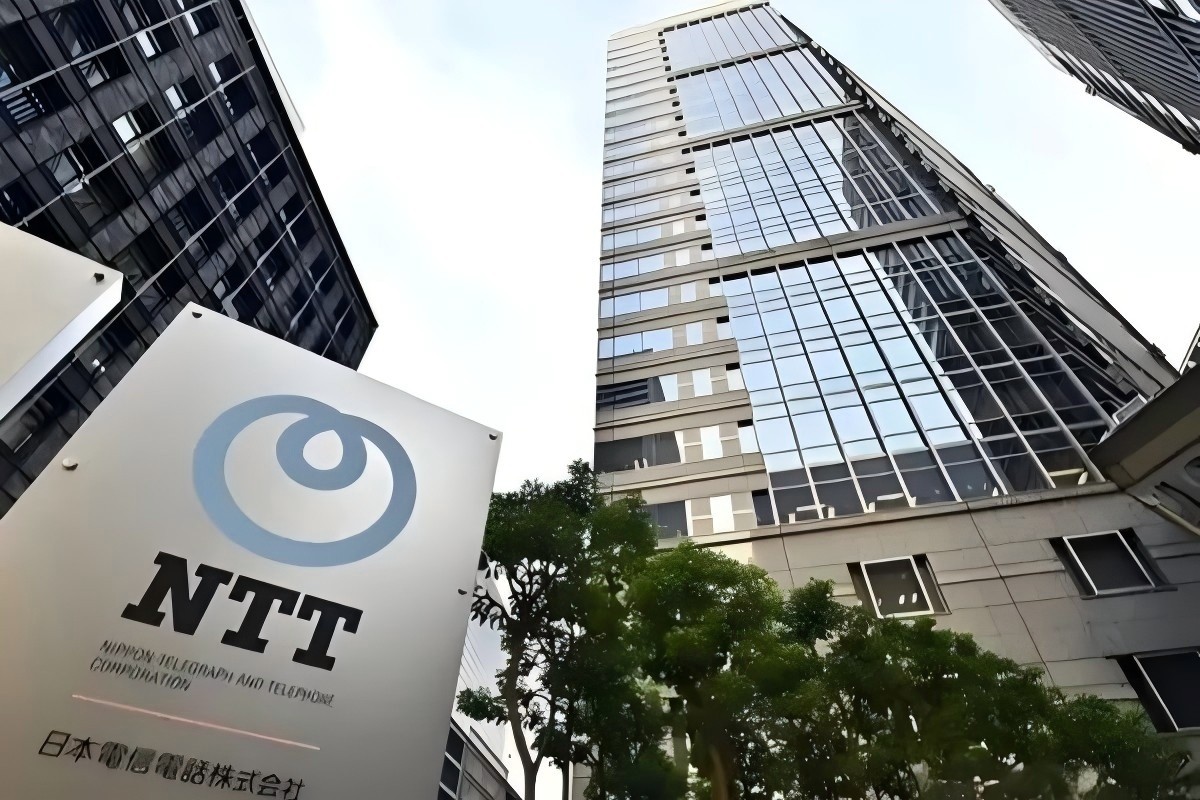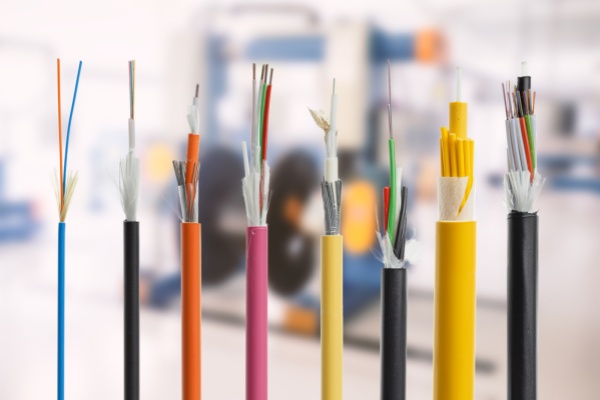Japan's Nippon Telegraph and Telephone Corporation (NTT) has once again solidified its reputation as a pioneer in telecommunications technology.
The company has announced a significant milestone in optical network innovation: achieving a record-breaking 455 terabits per second (Tbps) transmission rate over 50 kilometers using multi-core fiber (MCF) and advanced large-scale multiple-input multiple-output (MIMO) signal processing technology.
This achievement paves the way for a new era of high-capacity backbone networks capable of meeting the ever-growing demands for data transmission.

The explosion of digital services, from video streaming and cloud computing to the Internet of Things (IoT) and artificial intelligence (AI), has created unprecedented demands on network infrastructure.
Traditional optical network architectures, relying on single-core fiber, are approaching their capacity limits.
While researchers have explored various methods to enhance capacity, such as increasing wavelength channels or employing higher-order modulation schemes, these approaches often encounter physical and technological barriers.
NTT’s breakthrough addresses this challenge head-on by introducing multi-core fiber optic cables, which enable parallel transmission across multiple cores within the same optical fiber.
This innovation not only dramatically increases transmission capacity but also does so without altering the existing 0.125-mm-diameter fiber standard, ensuring compatibility with current systems.
Unlike traditional optical fibers with a single transmission core, MCF incorporates multiple cores—in this case, 12 tightly coupled cores.
Each core operates as an independent channel, allowing simultaneous transmission of data streams. However, densely packed these cores introduce a significant challenge: signal interference between adjacent cores, also known as inter-core crosstalk.

NTT employed cutting-edge digital signal processing techniques at the receiving end to overcome this hurdle.
These algorithms effectively mitigate interference and ensure the integrity of transmitted data.
The company’s success in tightly coupling 12 cores within the fiber while maintaining stable and efficient data transmission marks a major leap in optical communications technology.
One of the standout aspects of NTT’s achievement is its focus on real-world applicability. The field tests conducted by NTT simulated complex environmental conditions, including wind, rain, and civil engineering activities.
Despite these challenges, the multicore fiber system delivered stable signal transmission at an unprecedented rate of 455 Tbps over a distance of 53.5 kilometers.
Even more impressively, NTT demonstrated the scalability of its technology by achieving a transmission rate of 389 Tbps over an extended distance of 1,017 kilometers.
This result underscores the potential of multicore fiber systems to support ultra-long-haul communications, making them ideal for backbone networks that connect data centers and international hubs.

Large-scale MIMO signal processing played a crucial role in achieving these results.
MIMO technology, widely used in wireless communication systems, employs multiple transmitting and receiving antennas to optimize data transmission and minimize interference.
By adapting this technology to optical communications, NTT effectively enhanced the capacity and reliability of multicore fiber systems.
The integration of MIMO with multicore fiber represents a paradigm shift in network design, enabling unprecedented levels of data throughput while maintaining robustness against environmental disruptions.
NTT’s breakthrough holds profound implications for the global telecommunications landscape.
As data consumption continues to skyrocket, driven by trends like 5G, and 6G, and the proliferation of connected devices, the need for high-capacity and scalable network solutions has never been greater.
Multicore fiber technology offers a viable path to meet these demands without requiring extensive infrastructure overhauls.
Additionally, the technology’s compatibility with the standard 0.125-mm-diameter optical fiber ensures seamless integration with current network systems, reducing deployment costs and timeframes.
This feature is particularly advantageous for large-scale deployments in urban and metropolitan areas, where space and resources are often limited.

Beyond its technical merits, NTT’s innovation aligns with broader sustainability goals.
By increasing the capacity of existing optical fibers, multicore technology reduces the need for additional physical infrastructure, such as laying new cables. This efficiency translates into lower material consumption and a reduced environmental footprint.
Economically, the ability to enhance network capacity without significant infrastructure changes could lead to cost savings for service providers and, by extension, end users.
As networks become more efficient, the benefits are likely to cascade across industries that rely on high-speed data transmission, from finance and healthcare to entertainment and education.
While NTT’s achievement represents a significant step forward, further research and development are needed to commercialize multicore fiber technology.
Challenges such as scaling production, ensuring compatibility with existing equipment, and optimizing cost-efficiency must be addressed.
Moreover, as the technology gains traction, standardization efforts will be crucial to ensure interoperability across different manufacturers and regions.
Collaborative initiatives involving industry stakeholders, academic institutions, and regulatory bodies will play a key role in shaping the future of multicore fiber networks.
NTT’s successful demonstration of 455 Tbps transmission over 50 kilometers using multicore fiber and large-scale MIMO signal processing represents a landmark achievement in optical communications.
By pushing the boundaries of what is possible with fiber optic technology, the company has laid the groundwork for a new generation of high-capacity networks that can support future data demands.
As the telecommunications industry continues to evolve, innovations like NTT’s will be instrumental in shaping a connected world where speed, reliability, and sustainability go hand in hand.
This breakthrough not only reaffirms Japan’s position at the forefront of technological advancement but also inspires confidence in the limitless possibilities of human ingenuity.